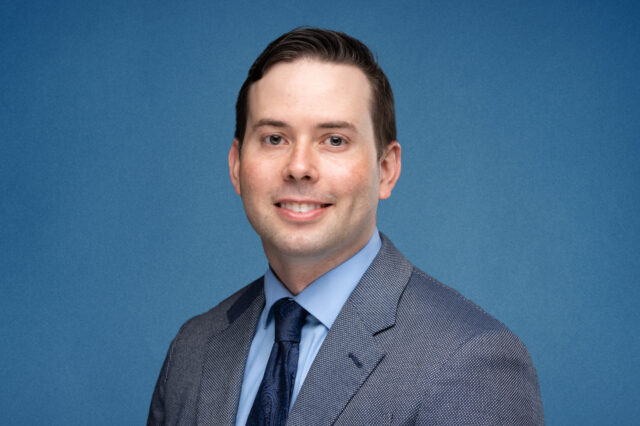madman
Super Moderator
An estimated 3 million men in the United States report the use of testosterone supplementation, including an increasing number of men of reproductive age (1). The suppressive effect of testosterone on the hypothalamic-pituitary-gonadal axis and the decrease of luteinizing hormone and follicle-stimulating hormone have been the focus of therapies aimed at stimulating spermatogenesis.
In this study, the investigators evaluated changes in sperm parameters and pregnancy outcomes in men with a history of anabolic steroid use (2). The investigators did so by performing a review of 45 men with a prior history of testosterone use who presented to an infertility clinic with a medical history of oligospermia or azoospermia. The investigators used a combination of selective estrogen receptor modulator and gonadotropin therapy, including human chorionic gonadotropin and clomiphene citrate, noting that 6 months of medical treatment yielded six patients progressing to severe oligospermia, six patients to oligospermia, one to normozoospermia, and five remaining azoospermic. Additionally, 24 participants responded to a follow-up call, with a total of nine reporting a subsequent pregnancy.
The investigators have done a commendable job of demonstrating the utilization and importance of hormonal therapy in male factor infertility. The American Urological Association and the American Society for Reproductive Medicine infertility guidelines invoke the use of gonadotropin therapy as an option for stimulation. Challengingly, these therapies continue to be prohibitively expensive for many men, with few nonbranded options.
The results of this study also highlight the need for education on testosterone management in men wishing to pursue fertility, as a significant proportion of men continued to exhibit severe oligospermia even after a 6-month treatment period. Previous studies with stimulation protocols have suggested similar delays to oligospermia in testosterone-suppressed men with azoospermia (3). With the limited options of male stimulatory therapies and the increase in suppressive insults, an increase in access to these medications is tantamount to maintaining the male reproductive landscape.
Kevin J. Campbell, M.D., M.S.
Department of Urology, University of Florida, Gainesville, Florida.
In this study, the investigators evaluated changes in sperm parameters and pregnancy outcomes in men with a history of anabolic steroid use (2). The investigators did so by performing a review of 45 men with a prior history of testosterone use who presented to an infertility clinic with a medical history of oligospermia or azoospermia. The investigators used a combination of selective estrogen receptor modulator and gonadotropin therapy, including human chorionic gonadotropin and clomiphene citrate, noting that 6 months of medical treatment yielded six patients progressing to severe oligospermia, six patients to oligospermia, one to normozoospermia, and five remaining azoospermic. Additionally, 24 participants responded to a follow-up call, with a total of nine reporting a subsequent pregnancy.
The investigators have done a commendable job of demonstrating the utilization and importance of hormonal therapy in male factor infertility. The American Urological Association and the American Society for Reproductive Medicine infertility guidelines invoke the use of gonadotropin therapy as an option for stimulation. Challengingly, these therapies continue to be prohibitively expensive for many men, with few nonbranded options.
The results of this study also highlight the need for education on testosterone management in men wishing to pursue fertility, as a significant proportion of men continued to exhibit severe oligospermia even after a 6-month treatment period. Previous studies with stimulation protocols have suggested similar delays to oligospermia in testosterone-suppressed men with azoospermia (3). With the limited options of male stimulatory therapies and the increase in suppressive insults, an increase in access to these medications is tantamount to maintaining the male reproductive landscape.
Kevin J. Campbell, M.D., M.S.
Department of Urology, University of Florida, Gainesville, Florida.













